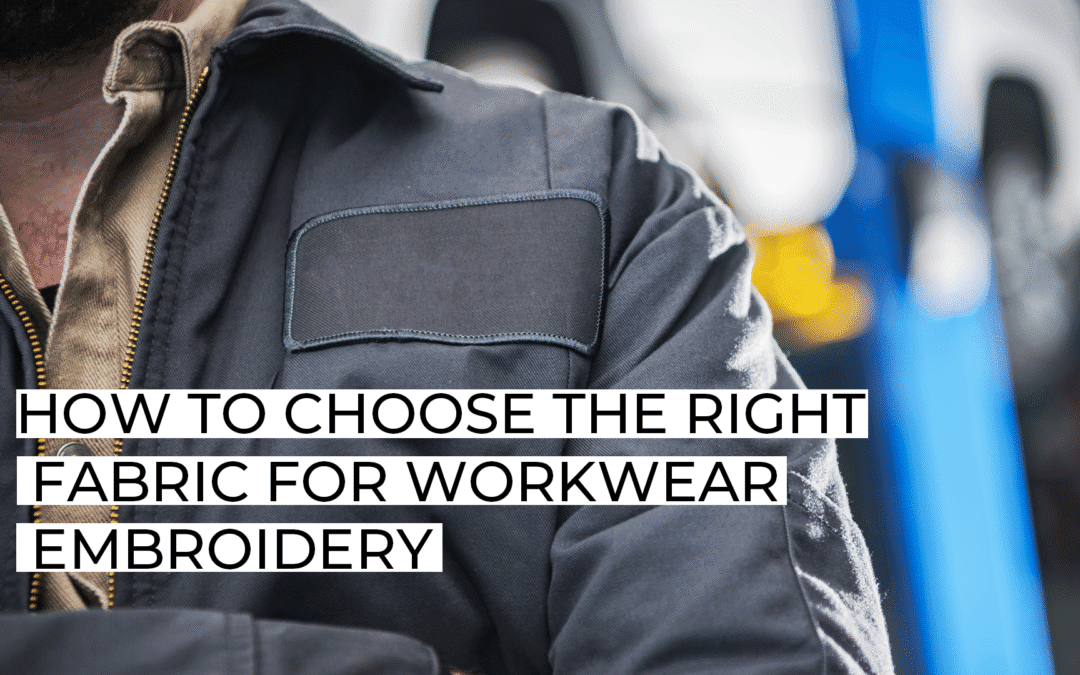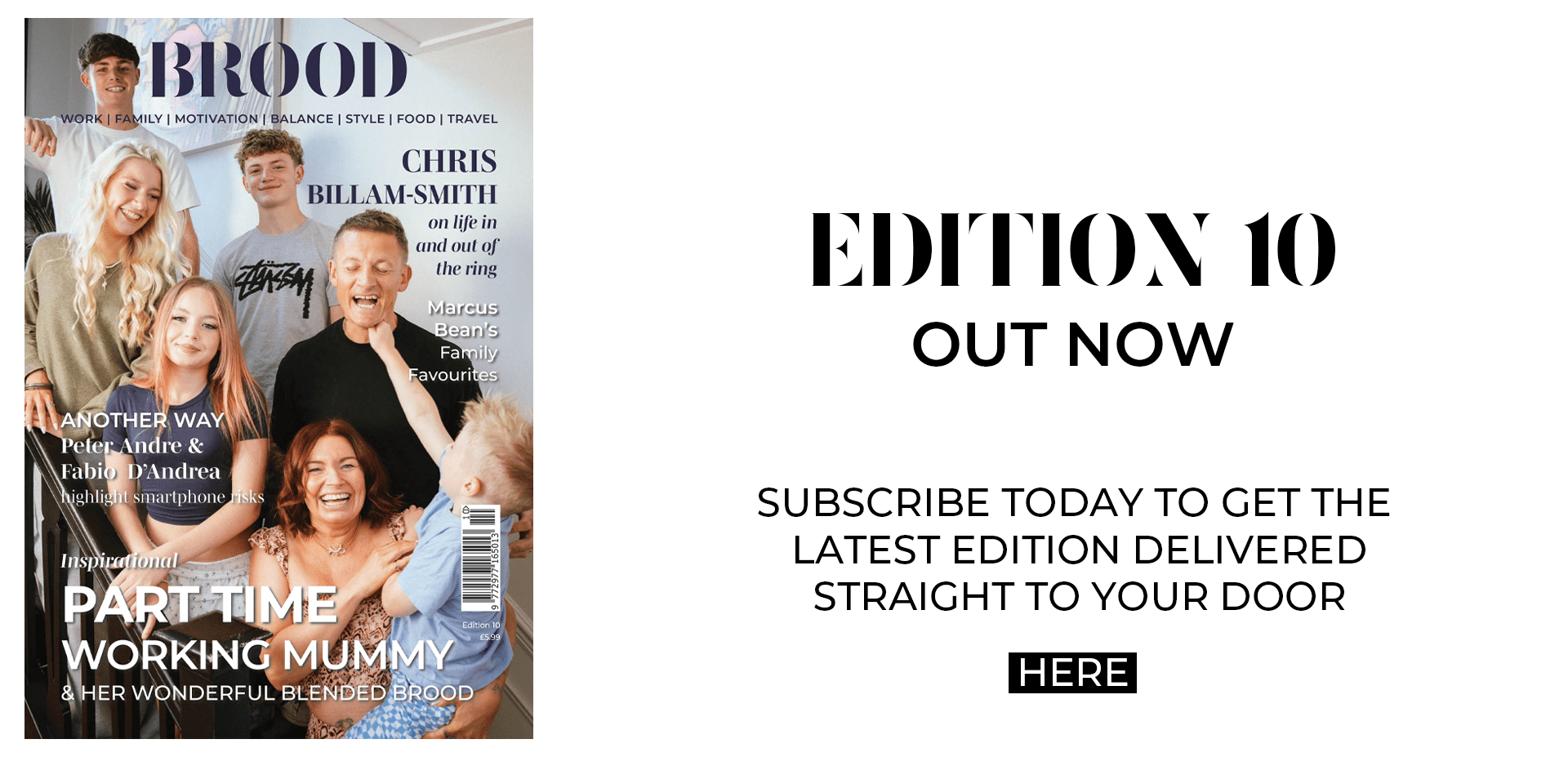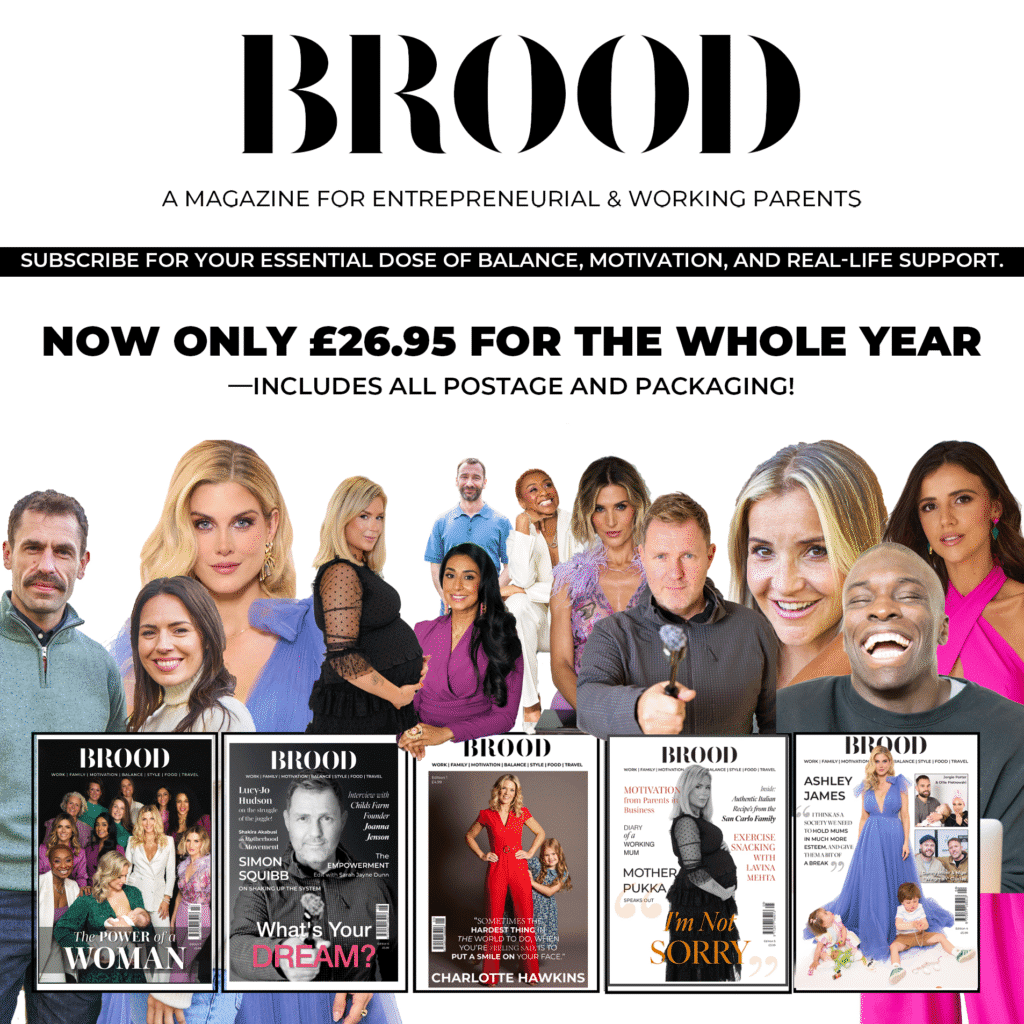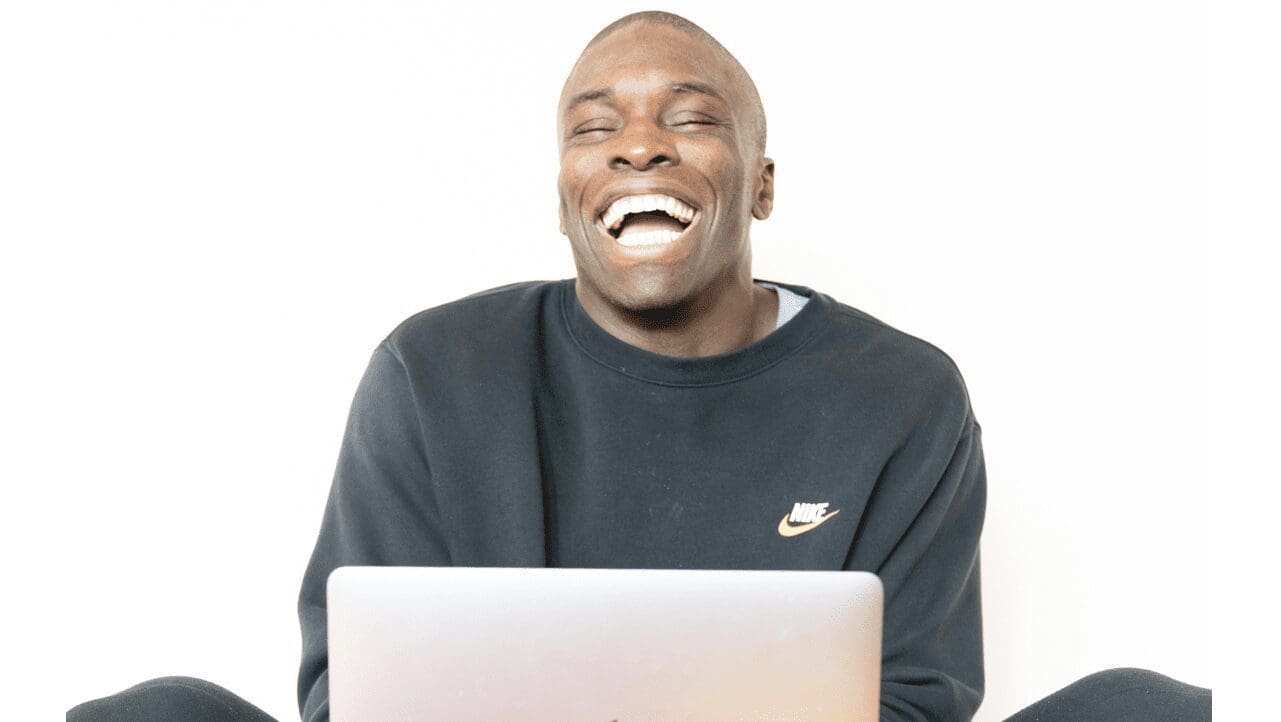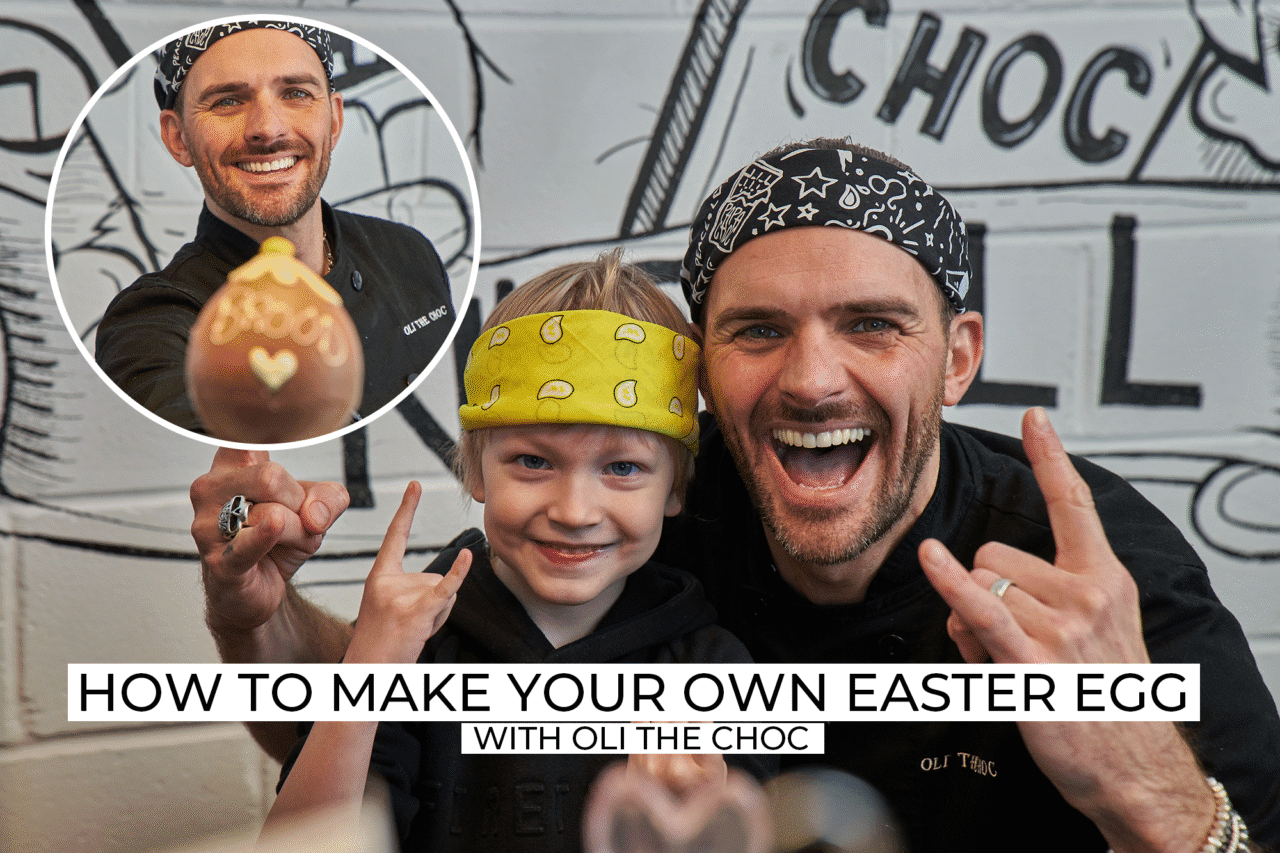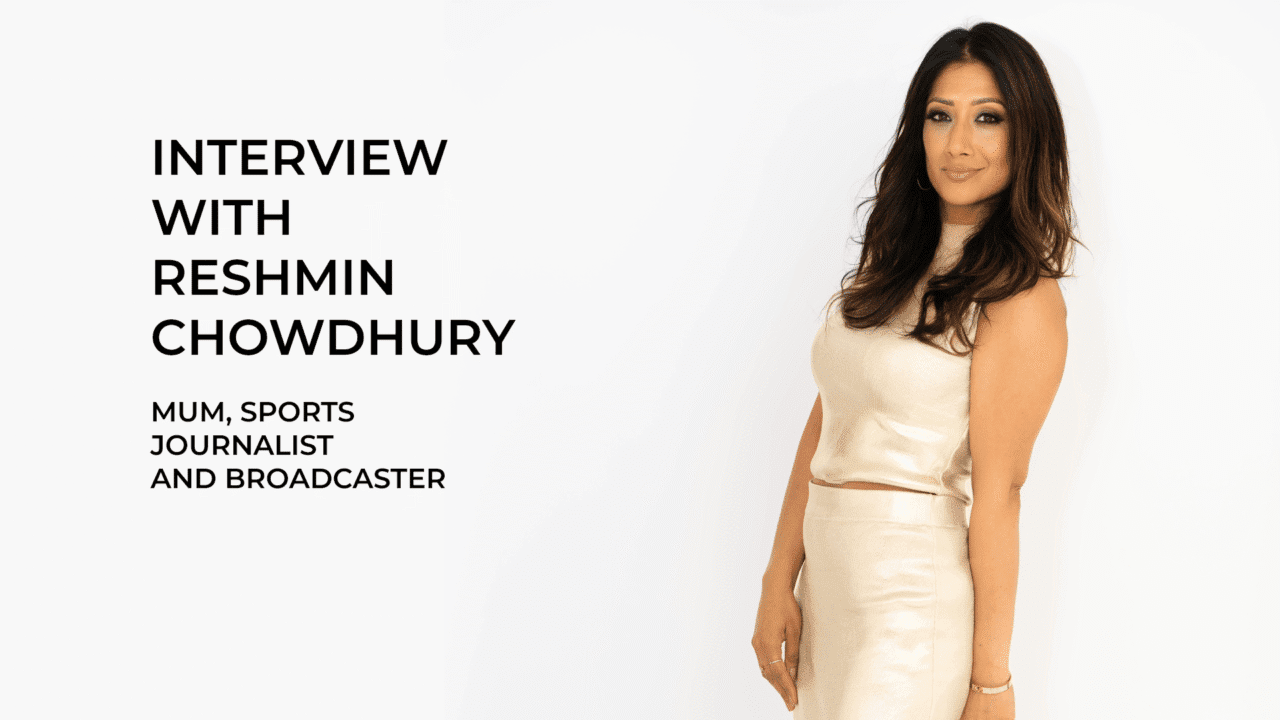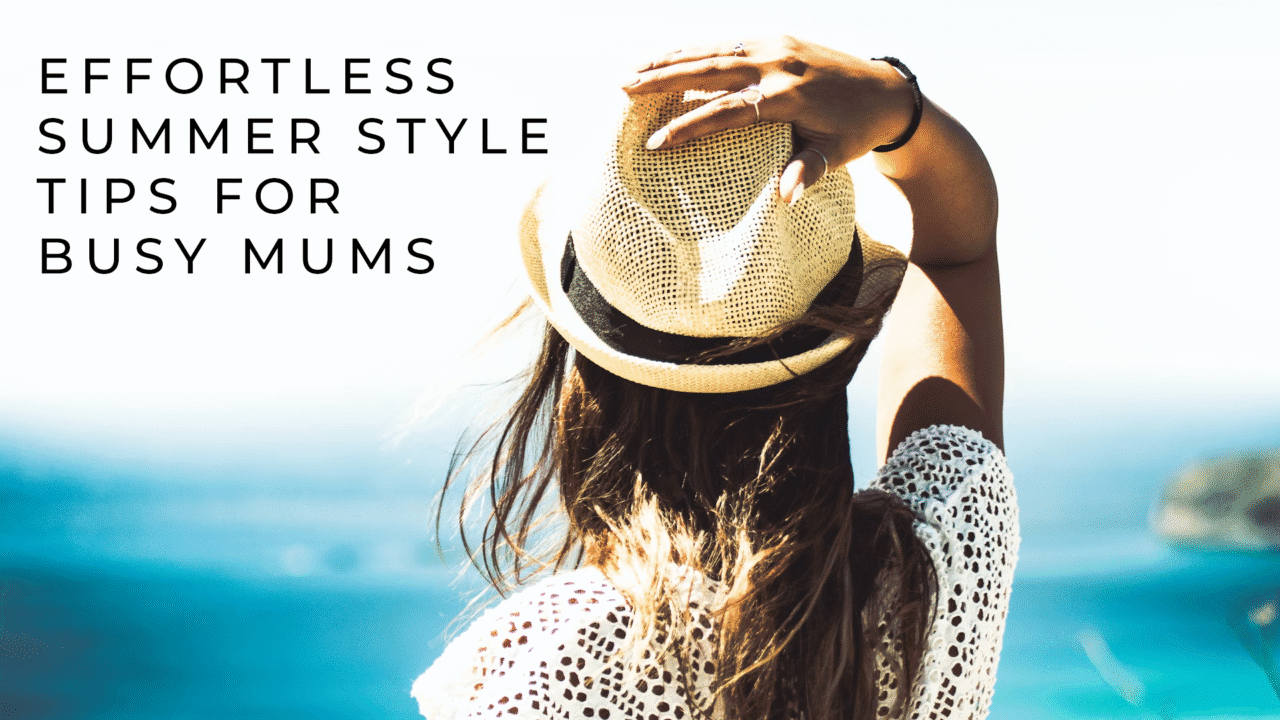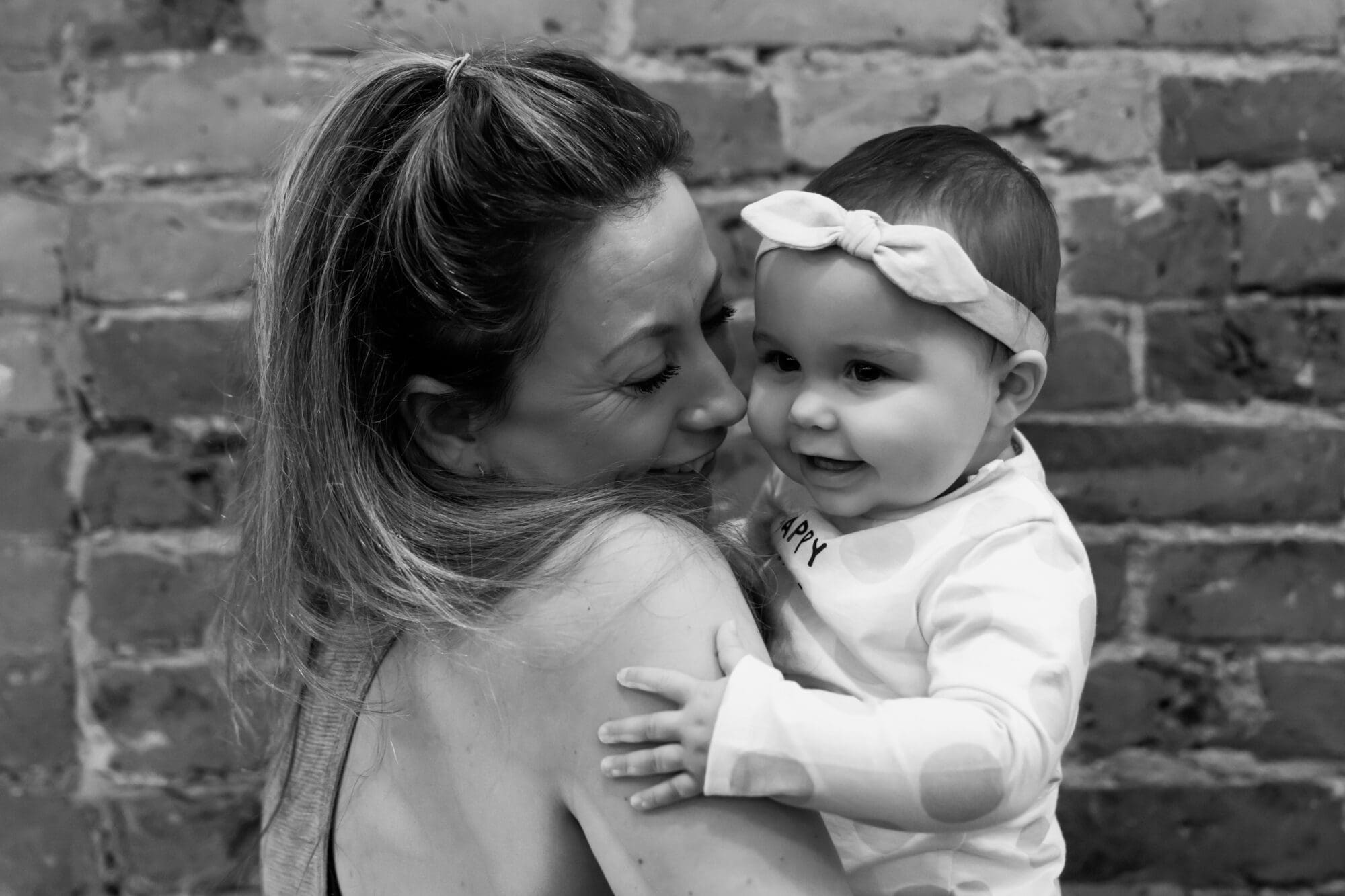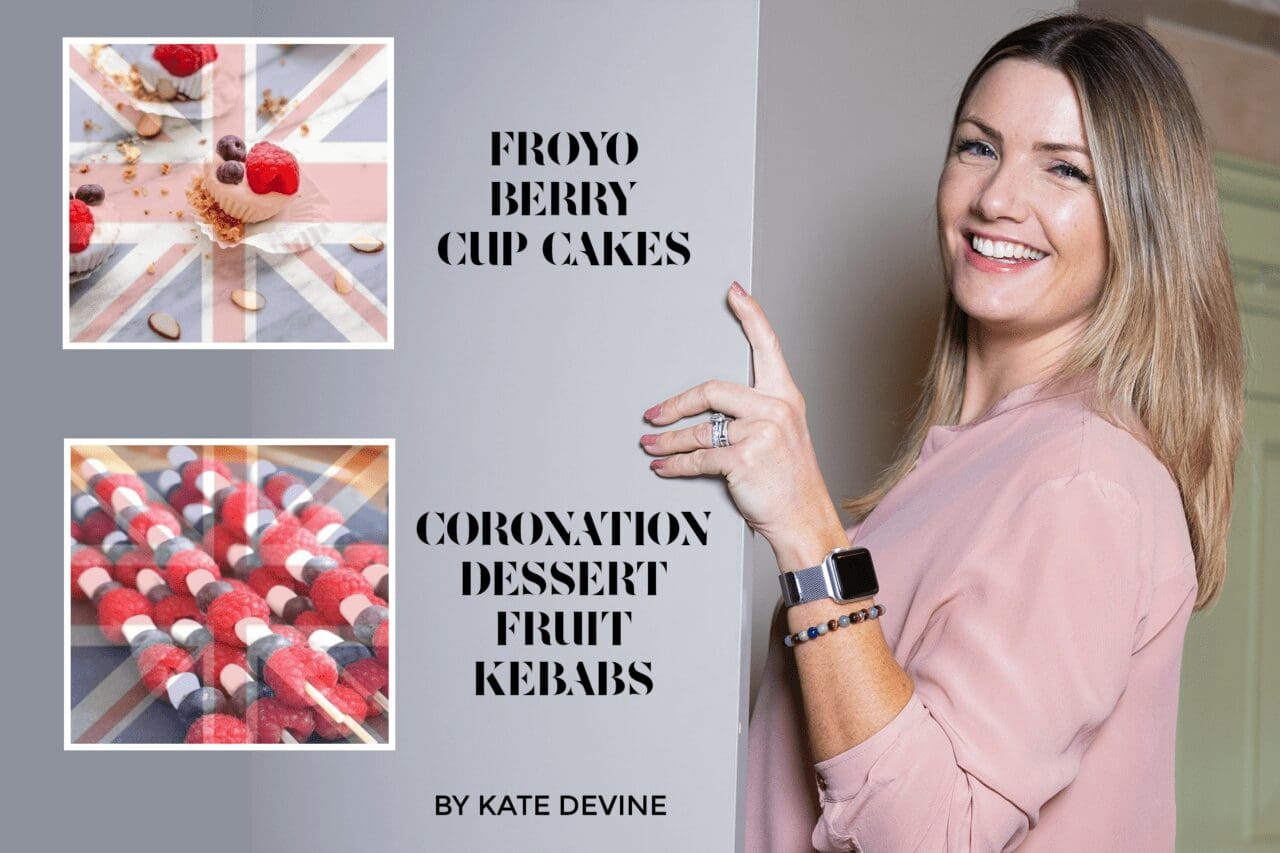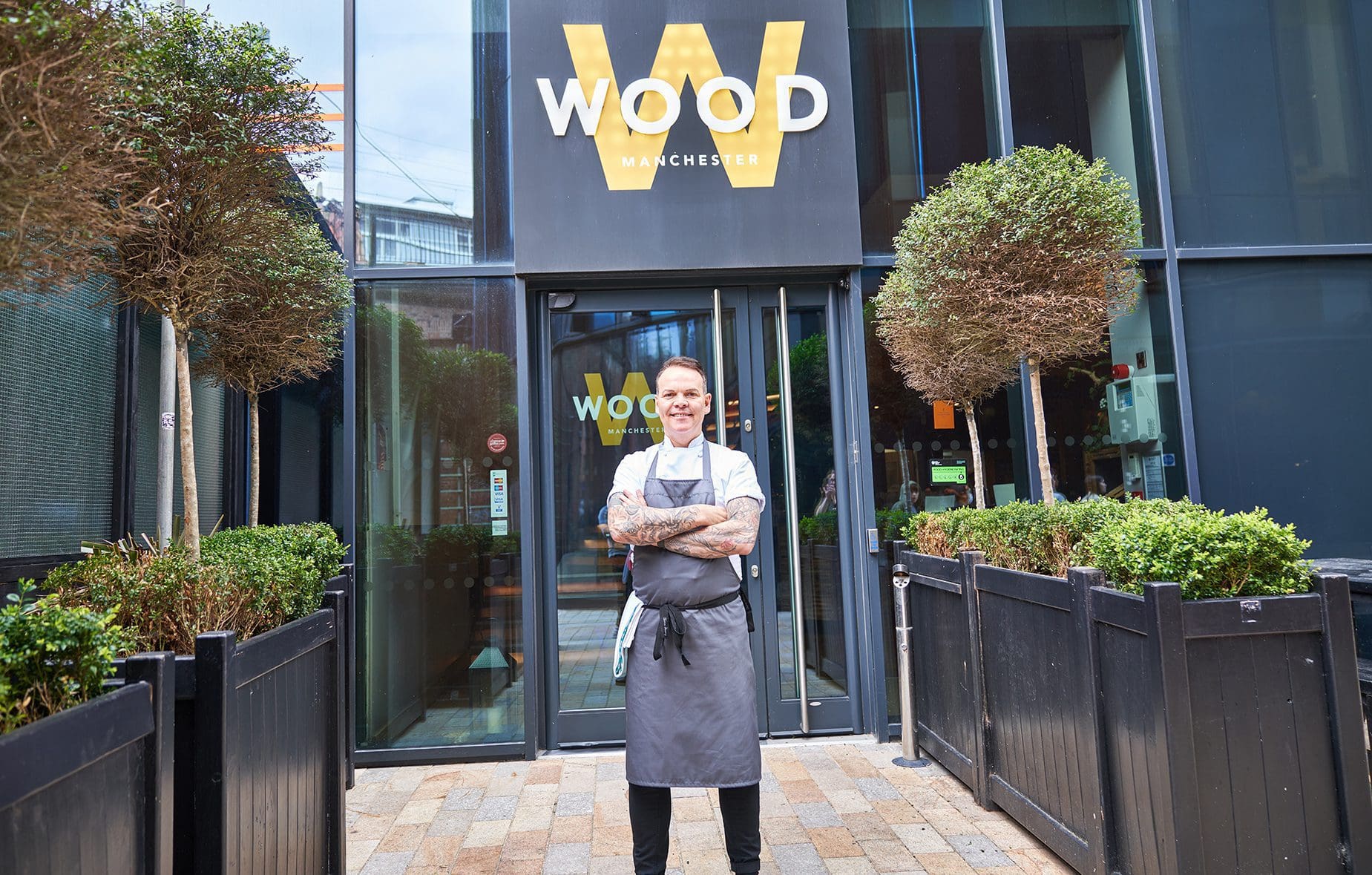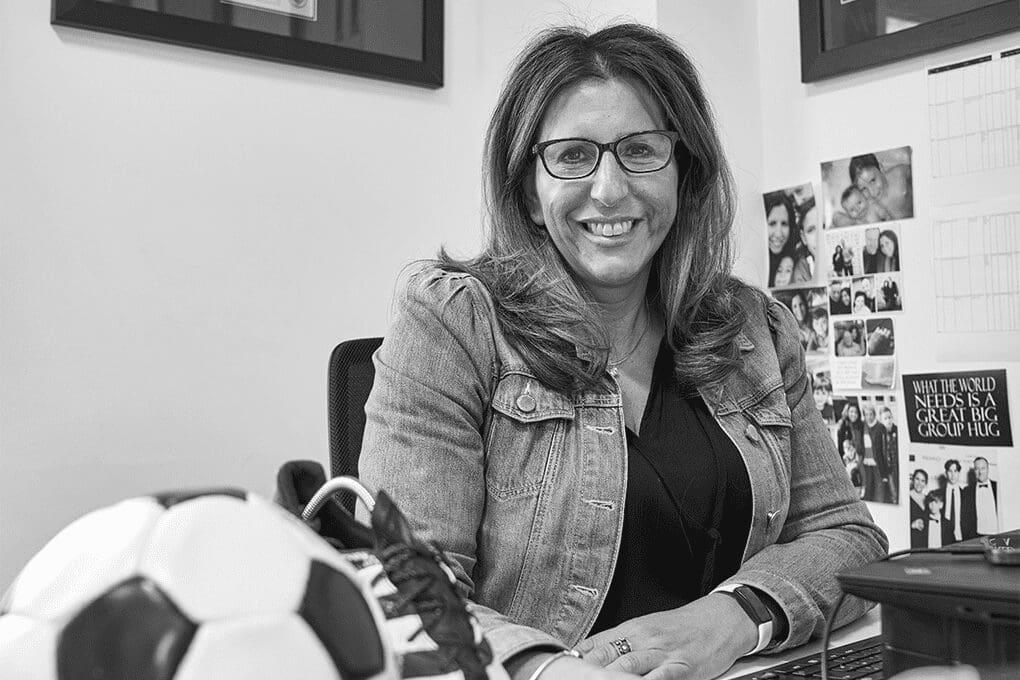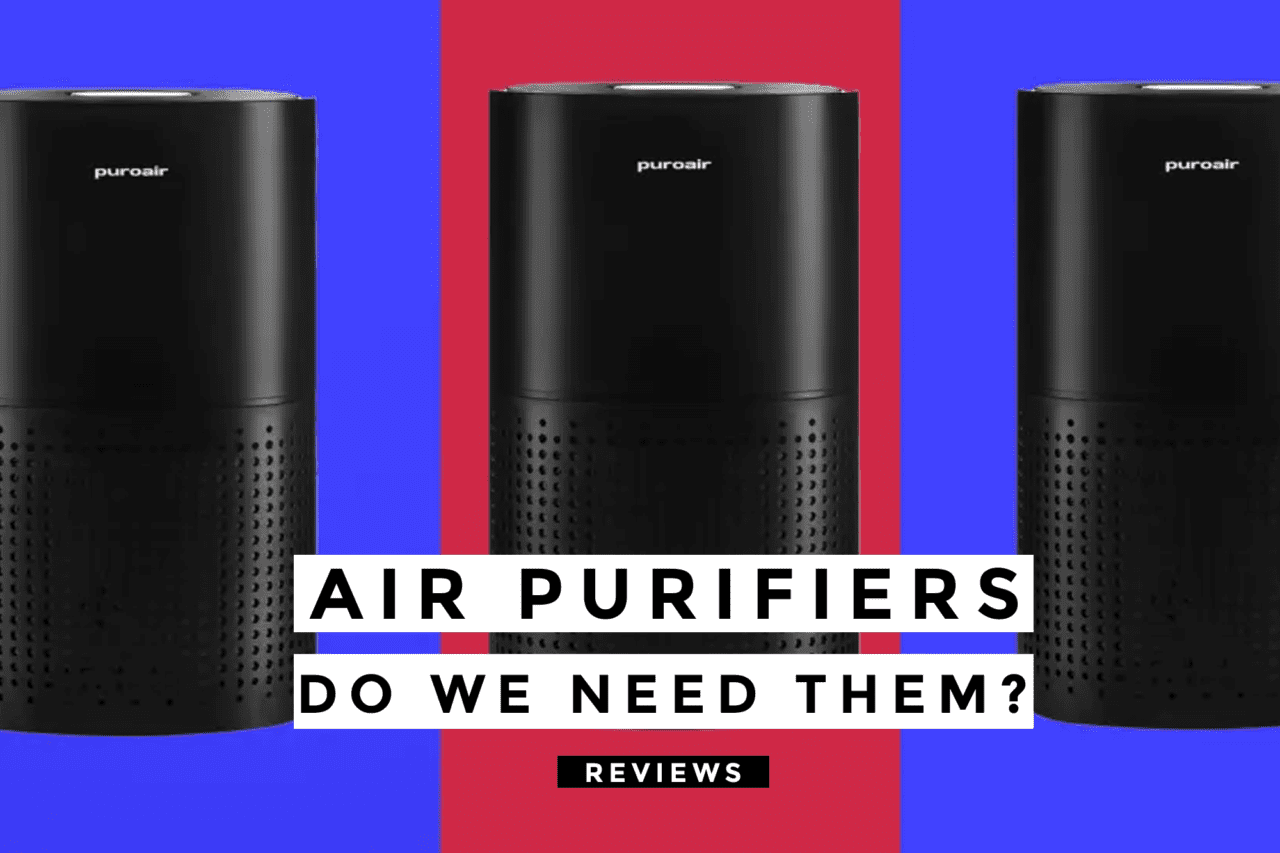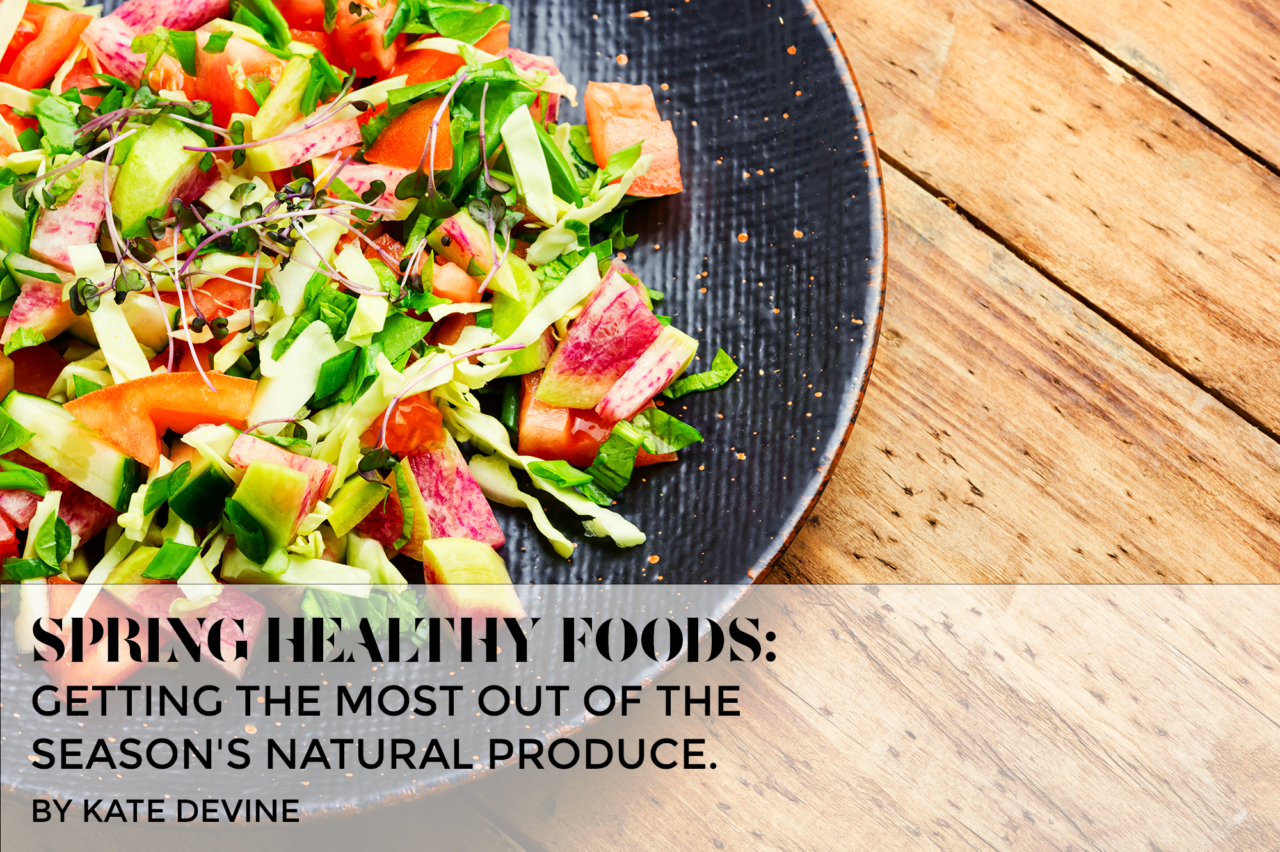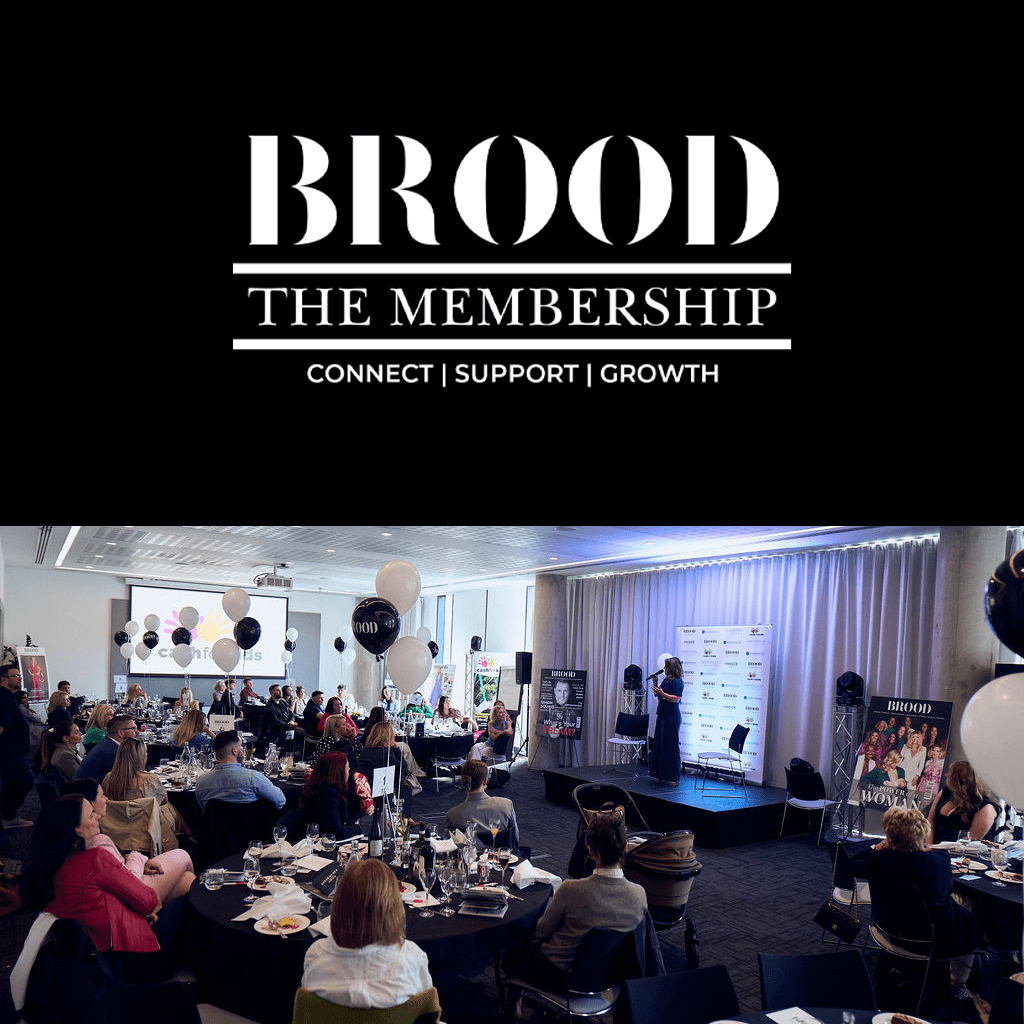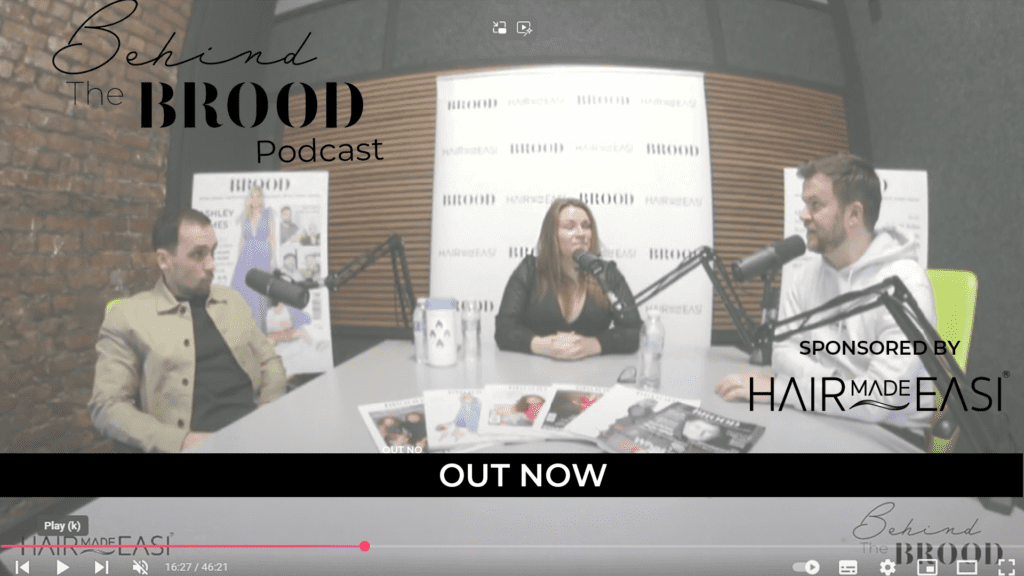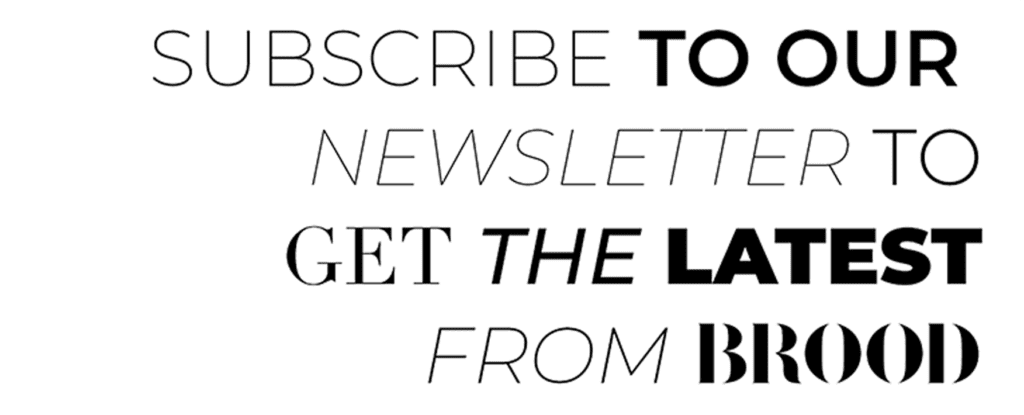How to Choose the Right Fabric for Workwear Embroidery
Choosing the right base material is an important factor in the longevity and look of embroidered designs. An appropriate fabric not only keeps the stitching in place but also keeps the design in shape and colour even after numerous washings. Companies that invest in embroidered workwear must align fabric performance with the requirements of their business, weighing comfort, durability and appearance.
Cotton for Breathability and Comfort
Cotton is usually preferred due to its softness and comfort, and is therefore preferred in workplaces where workers spend a lot of time on their feet. It is highly absorbent and assists in body temperature regulation, but when not pre-treated, it can shrink. In embroidery, the tightly spun fibres of cotton are able to retain designs well, but backing reinforcement might be required to avoid puckering with age.
Polyester for Strength and Colour Retention
The synthetic fibres used in polyester do not stretch, shrink, or wrinkle, which makes this material perfect to use in clothes that need little maintenance. The silk surface is ideal for fine embroidery, and the resistance of the fabric to fading maintains the designs fresh even after regular washing. In industries in which uniforms must be of a polished appearance, e.g. retail, hospitality or security, polyester gives consistent results.
Poly-Cotton Blends for Versatility
The combination of cotton and polyester produces a balanced material that is as soft as natural fibres and as durable as synthetics. Such combinations are very common in embroidered work clothes because they are comfortable, durable, and have good stitch holding. This is an option that is applicable in many industries, including customer service jobs and light trade jobs, where image and strength are important.
Heavy-Duty Fabrics for Construction and Trades
Fabrics used in industries like construction, engineering and manufacturing have to withstand abrasion, dirt and heavy wear. Canvas and heavyweight cotton drill are great options, being thick enough to hold up bold embroidery and yet tear-resistant. The materials are durable to withstand regular industrial washing without compromising branding, even in the most demanding working conditions.
Lightweight Fabrics for Active or Seasonal Roles
Warm weather activities or physically demanding work are better suited to lighter fabrics, like polyester microfibre or performance mixes. Such fabrics are moisture-wicking and improve airflow so that the workers are comfortable without compromising the embroidery design. They suit delivery drivers, warehouse workers and event crew that require free movement.
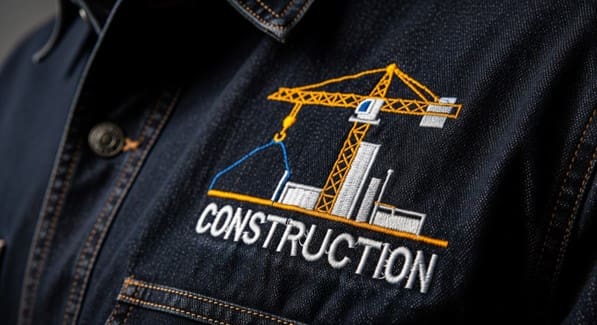
Corporate and Office-Friendly Fabrics
Professional wear is more likely to be oriented towards finer fabrics, like lightweight poly-cotton shirting or suiting cloth. The options offer a smooth surface that adds more detail to intricate embroidery and maintains garments’ smart appearance. The fabric must hang well and be structured so that logos look clean on shirts, blouses or blazers.
Considering Fabric Weight for Stitch Density
The thickness of the fabric affects the way the embroidery lies on the clothing. Denser stitching can be supported in heavier fabrics without distortion, but lighter materials may need the addition of stabilising layers. Understanding the relationship between stitch density and fabric weight is crucial to ensure the design outcome appears clean and professional in various garment types.
Matching Fabric to Function and Appearance
The choice of the material to be embroidered on work clothes is a trade-off between beauty, longevity and the needs of a given industry. It can be the hard canvas used in construction sites or the light mixes used in active jobs, but any decision will influence the strength of the embroidery in the long run. The integration of the kind of fabric with the workplace needs will assist businesses in creating embroidered workwear that not only promotes their brand but also withstands the pressure of daily wear.

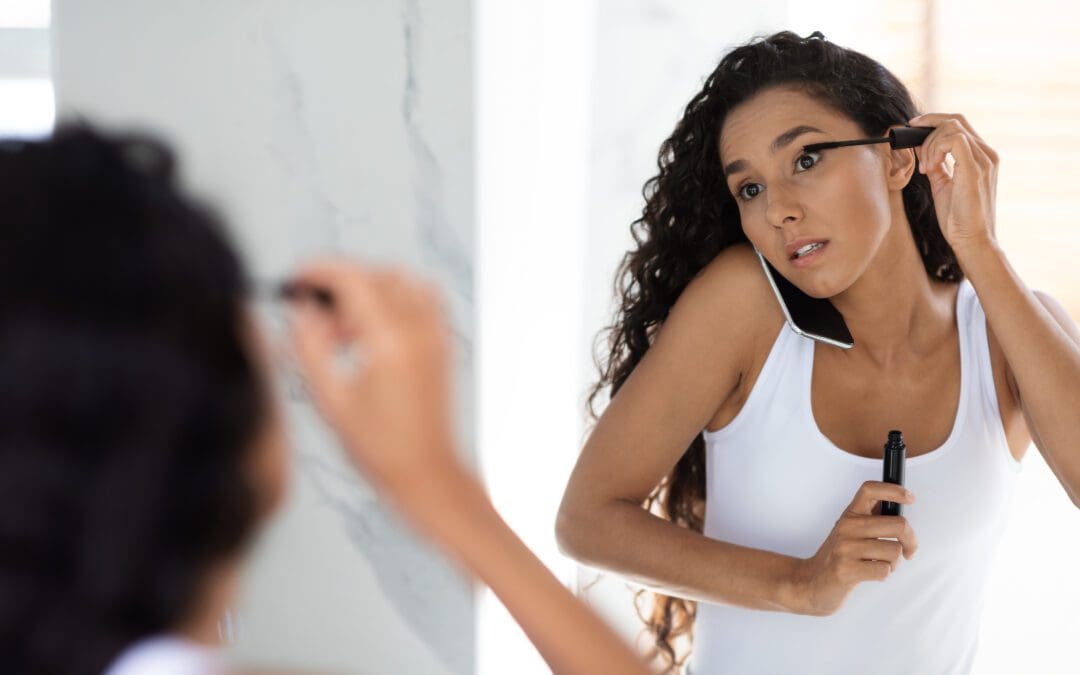
THE 10 MINUTE MAKEOVER FOR BUSY MUM’S
Mornings can be the most chaotic and super rushy part of the day, what with getting the kids up, fed, dressed and ready for school. All kicking and screaming. Also bags packed with numerous fillings such as packed lunch, PE kits and unfinished homework! Already your...
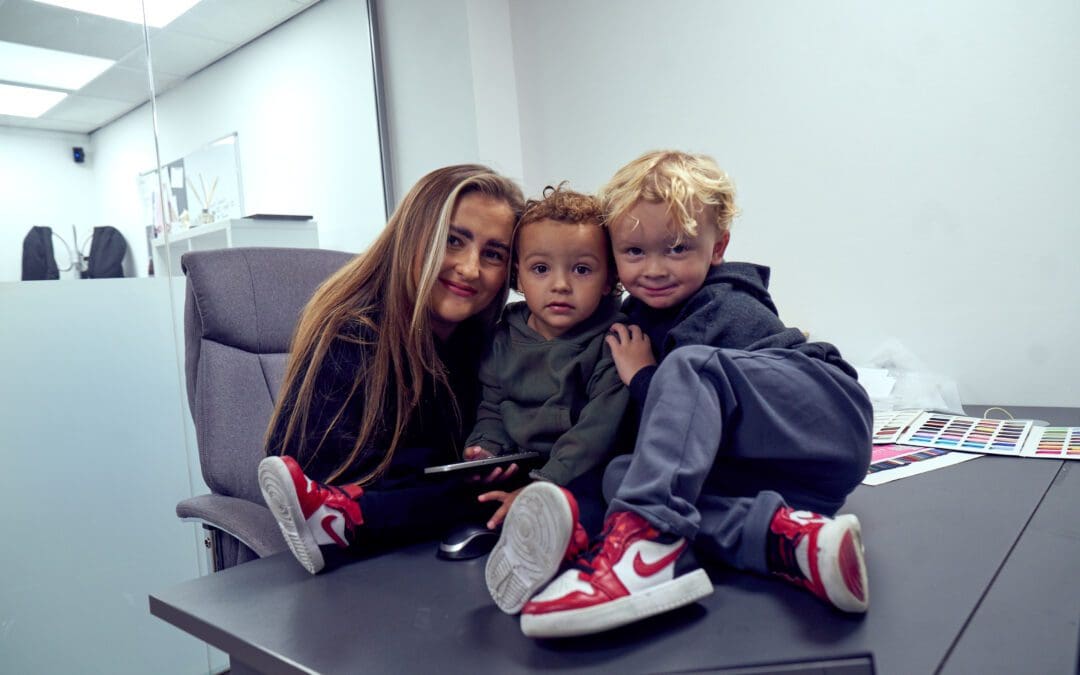
MUM OF 3 ON BUILDING A BRAND WHILST GROWING HER BROOD
"I DIDN’T REALLY KNOW WHERE TO START, BUT I JUST HELD ON TO THE FACT THAT ANYTHING IS POSSIBLE!" Successful business owner and Mum of three, Sophie Davies, has carved an incredible path for herself - and some might say she has defied all odds since becoming a mum for...

BROOD Editor Lolo Stubbs & Contributor Cath Tyldesley in Powerful Video for Women’s Aid Campaign
Our Editor, Expect Respect Ambassador & Author @lolostubbs.author teamed up with actress Bhavna Limbachia to create this extremely powerful video bringing Lolo’s novel, Dressed up as Love, to life for our Women's Aid Campaign. Highlighting (as the name of the book...
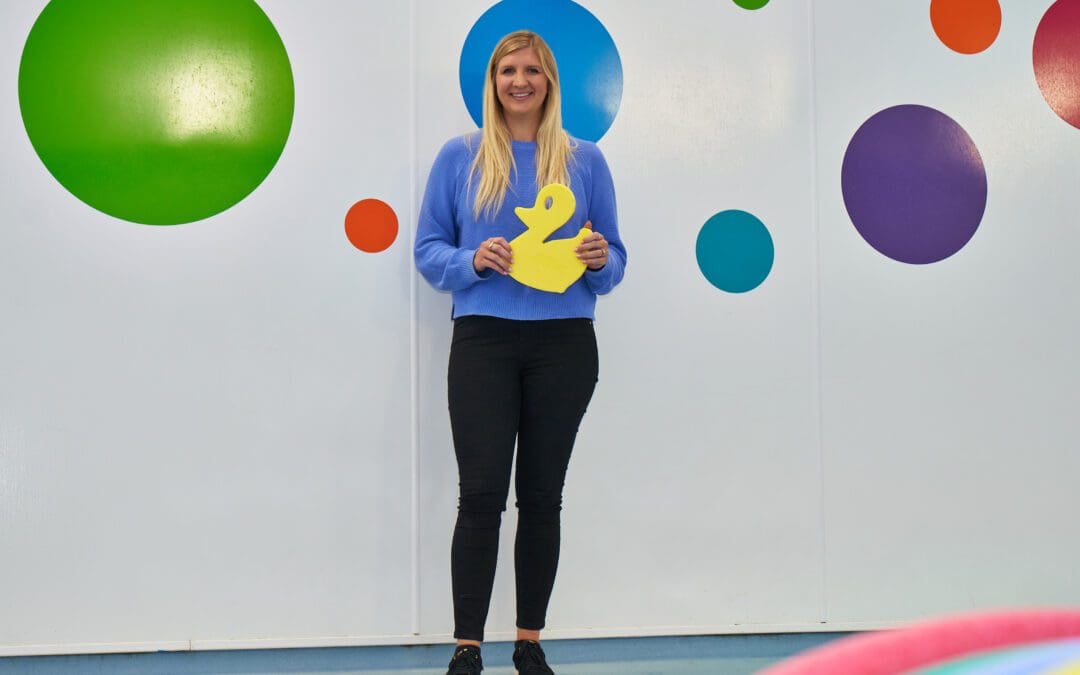
INSPIRATIONAL MUM OF TWO, WORLD RENOWNED BECKY ADLINGTON, ON LIFE BUILDING HER BUSINESSES, WHILST JUGGLING HER BROOD!
REBECCA ADLINGTON OBE | IMAGES BY TOM PITFIELD | INTERVIEW BY LOLO STUBBS | BROOD MAGAZINE © “WHY SHOULDN'T I WORK FULL TIME, WHEN I LOVE MY JOB?” Rebecca Adlington OBE is undoubtedly the greatest female swimmer that Great Britain has ever produced, and one of the...
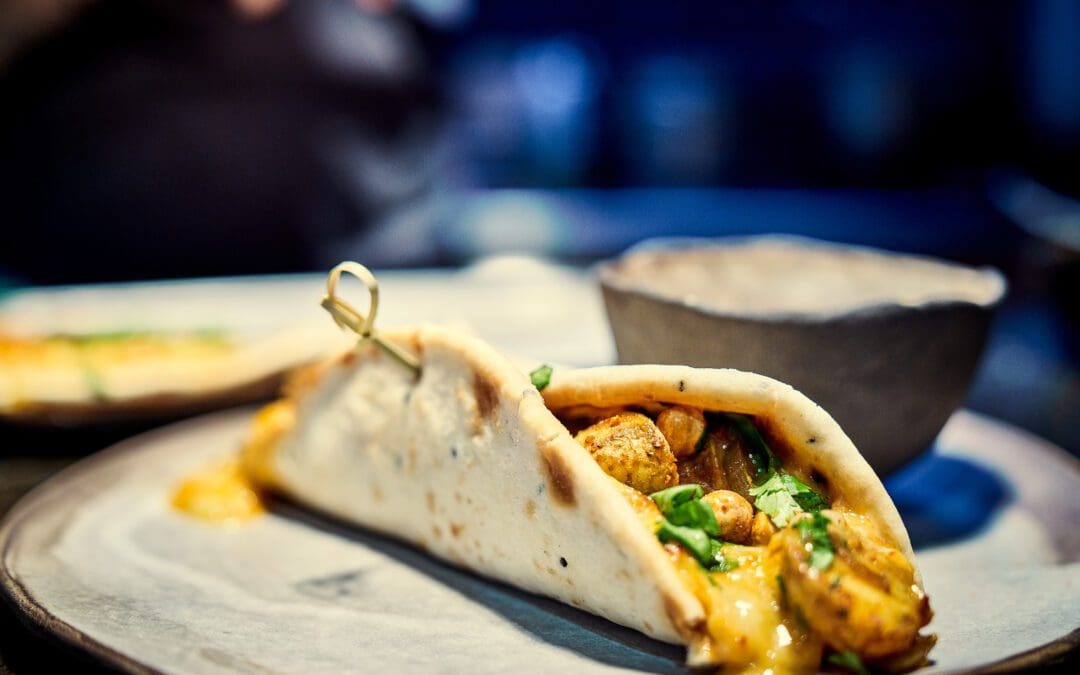
SIMON WOOD’s WEEKEND FAKE-AWAY: Naantastic’ Rarebit with Bombay Taters & Curry Sauces
SIMON WOOD'S FAKEAWAYBY SIMON WOOD OF WOOD MANCHESTER AND WoodKraft Cheltenham. IMAGES © TOM PITPIELD FOR BROOD MAGAZINEThere’s no harm in having a little bit of a treat now and then, what’s that saying? ‘Everything in Moderation, including moderation.’ Well, I’m no...
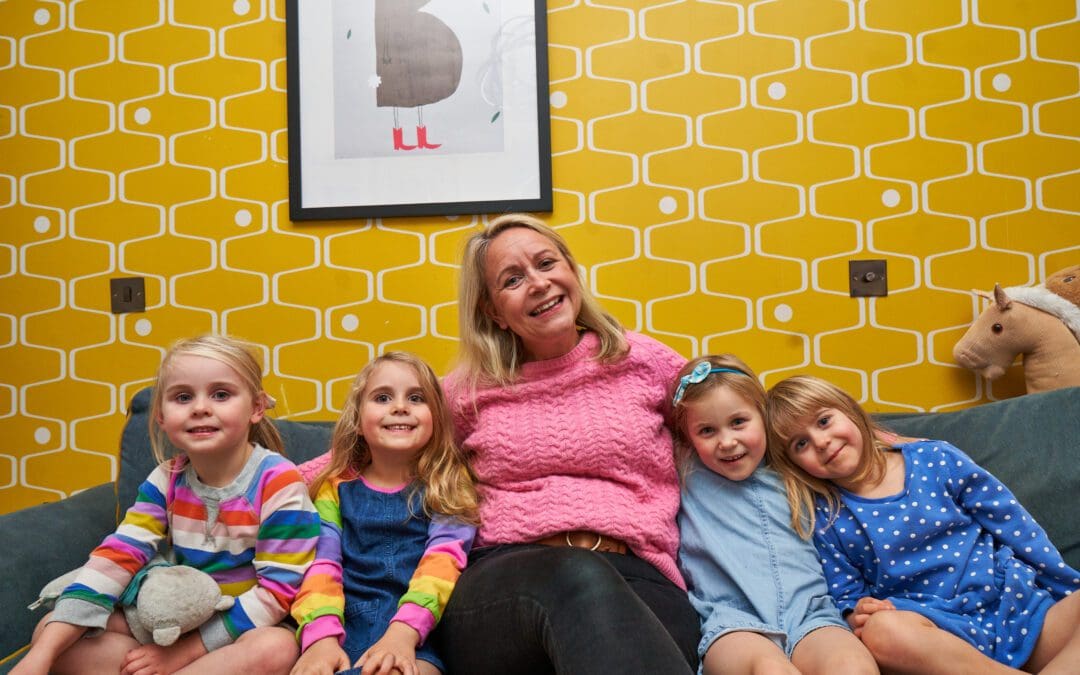
SUPER MUM OF 6 ON TAKING HER BUSINESS FROM HER KITCHEN TABLE TO DRAGON’S DEN
KATE BALL, FOUNDER OF MINI FIRST AID WITH 4 of HER 6 CHILDREN © TOM PITFIELD FOR BROOD MAGAZINE “I can’t do this and have two tiny babies at home – as well as Alfie and Grace.” Inspirational Mum of 6, Kate Ball, started her award winning business, Mini First Aid in...

CONTENT CREATION BY OLI DUNN
CONTENT CREATION📷 My Perspective On Content Creation by Oli Dunn I try to create more than I consume, I LOVE the creative process, I love creation of any kind, written, audio, video, painting, photography, the list goes on, it’s expressive, it’s expansive, it's...
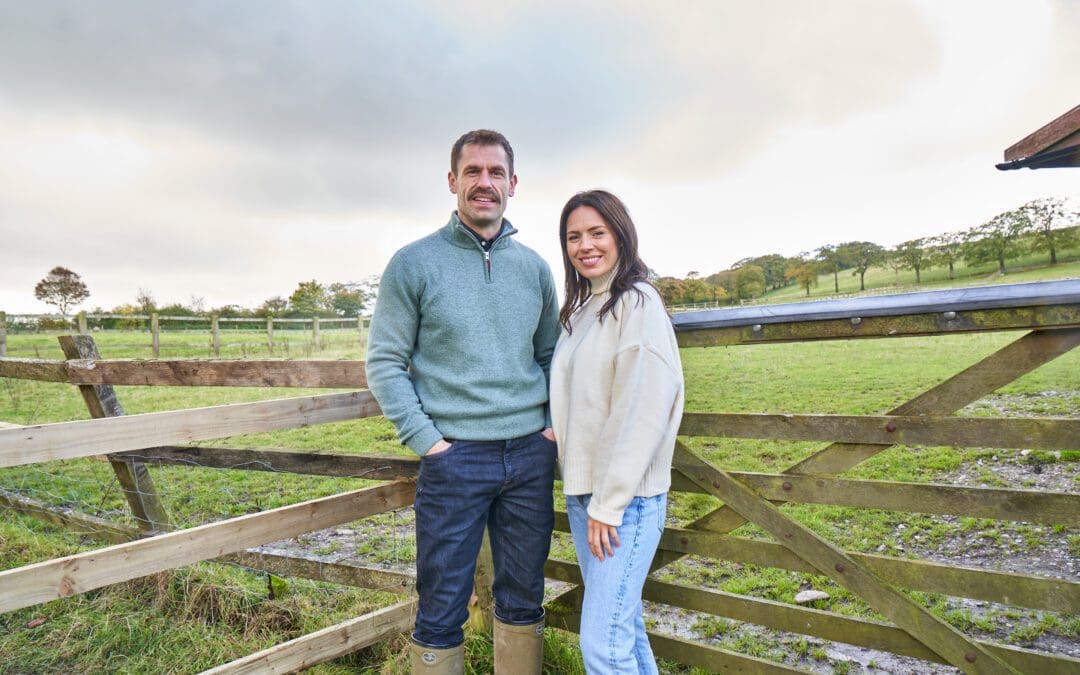
KELVIN AND LIZ FLETCHER ON CAREERS, PARENTHOOD, AND LIFE ON THE FARM.
KELVIN AND LIZ FLETCHER | IMAGES BY TOM PITFIELD FOR BROOD MAGAZINE ©. | INTERVIEW BY LOLO STUBBS “I’ve not got a fear of failure, I’ve got a fear of regret.” Parents to four children under six years old, Kelvin and Liz Fletcher, are a humble yet extremely impressive...
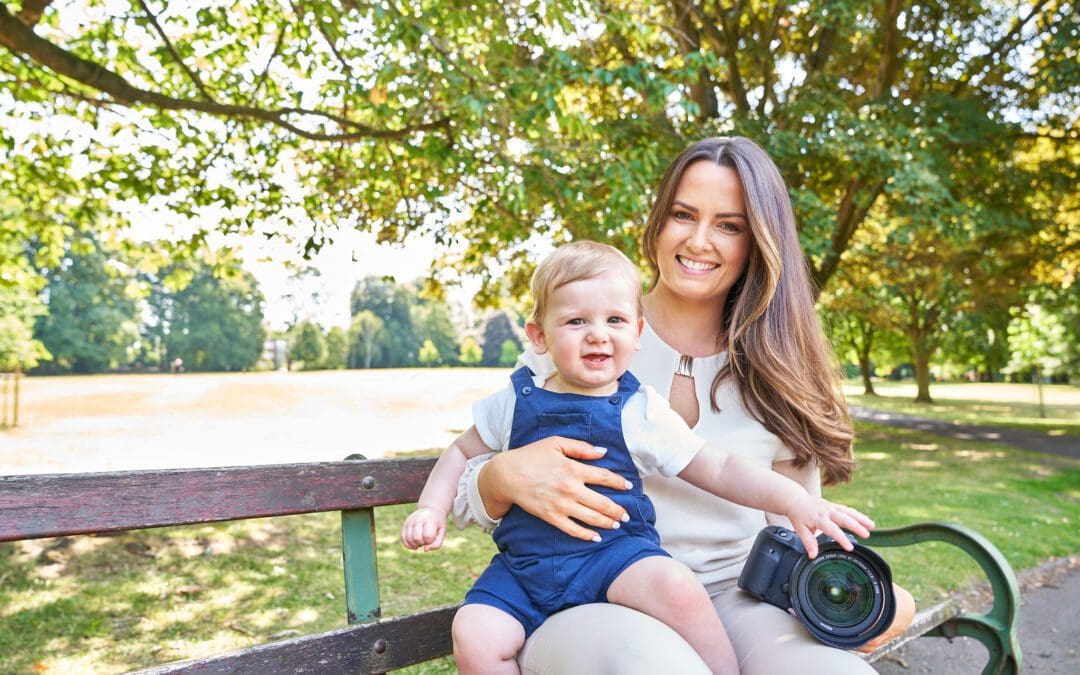
VICTORIA HAYDN ON PHOTOGRAPHING MANCHESTER CITY, MOTHERHOOD AND HER NEW CHAPTER
© BROOD MAGAZINE. VICTORIA HAYDN AND HER SON, CHARLES “After photographing Man City for the last ten years, I’m ready to capture the beautiful journey of motherhood” Talented mum of one, Victoria Haydn, has made waves over the last decade as Senior Photographer for...
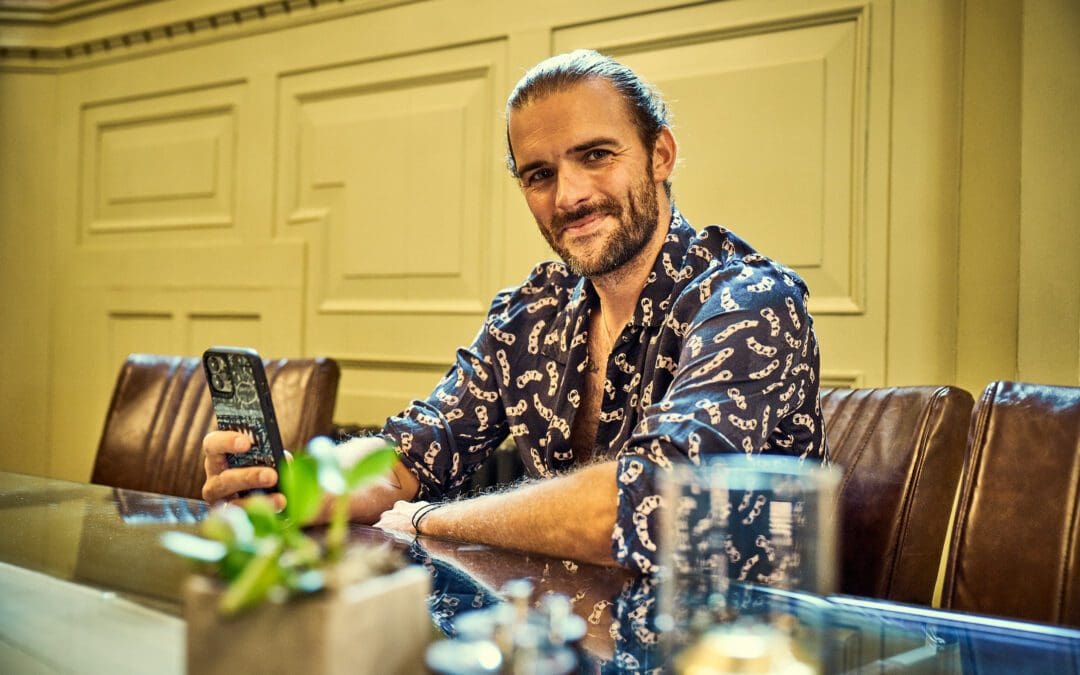
THE POWER OF MANIFESTATION BY OLI DUNN
Oli Dunn for BROOD MAGAZINE © TOM Pitfield Photography “You can do whatever you want to!” The Power Of Manifestation.... ✏️ This is a topic I get VERY excited when talking about, I LOVE talking about manifestation, especially when I’m feeling aligned and in full...

